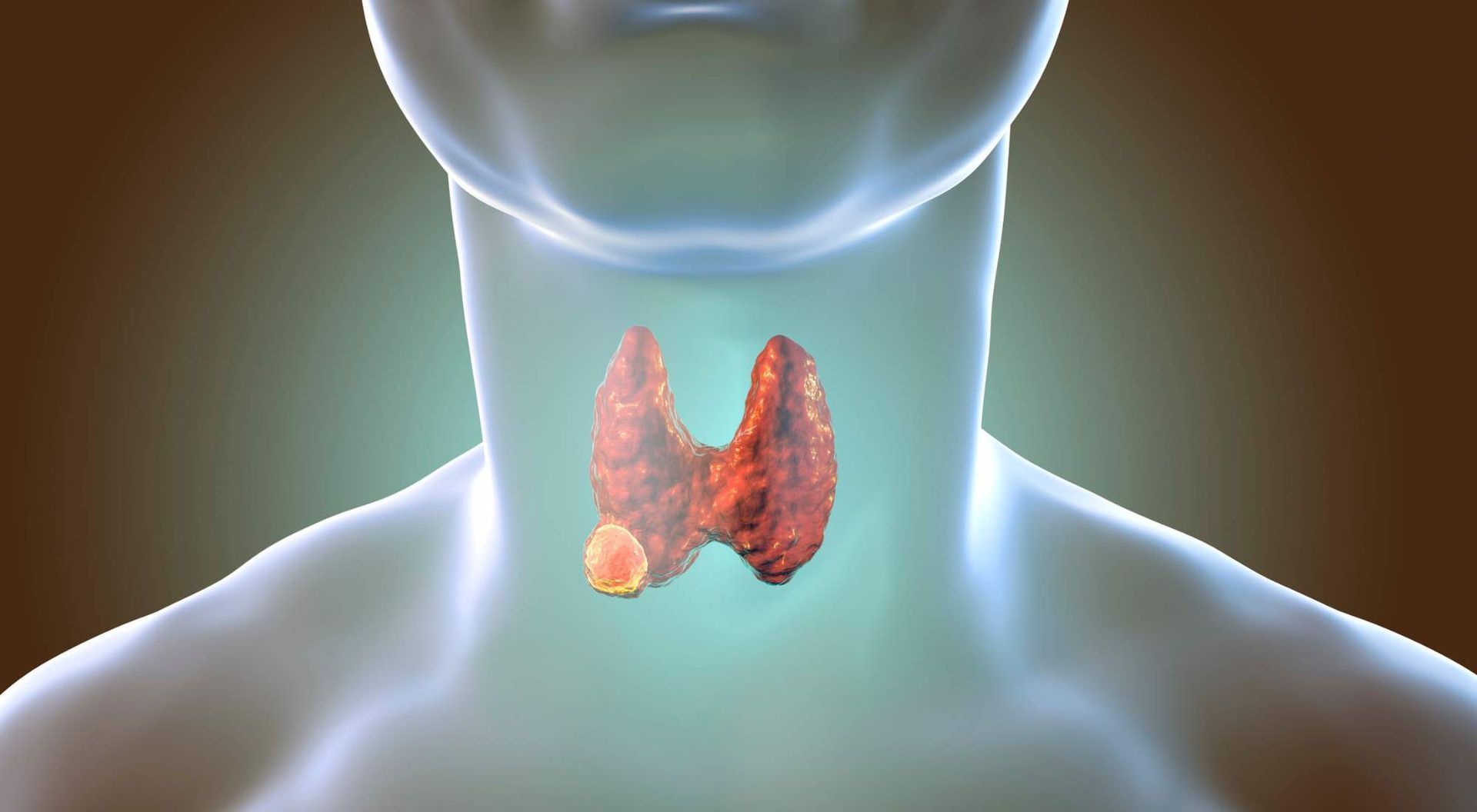Dairy Allergy vs. Lactose Intolerance: Understanding the Differences and Treatment Options
"The content below is not intended to be a substitute for professional medical advice, diagnosis, or treatment. Always seek the advice of your physician or other qualified health provider with any questions you may have regarding a medical condition."
You don’t feel well anytime you have milk, cheese, and, unfortunately, ice cream. You always end up spending time in the bathroom after even a tiny amount, and you’re sick of it.
Time to get to the bottom of your dairy issues.
You wonder if it’s something more than just indigestion or a sensitive stomach, but what?
Is it lactose intolerance?
Are you allergic to dairy?
Are those the same thing?
Is there a difference between lactose and dairy allergy?
You have so many questions.
You’ve come to the right place. This guide will teach you the difference between the two, how to get a proper diagnosis, and how you can find relief from the unpleasant symptoms you’re experiencing.
Table of Contents
Is Lactose Intolerance the Same as a Dairy Allergy?
This question is often met with a lot of confusion.
To put it simply, no.
While both may cause you to avoid dairy products, lactose intolerance and a dairy allergy are not the same thing.
What Is the Difference Between Lactose Intolerance and Dairy Allergy?
There are several differences between lactose intolerance and a dairy allergy.
- Lactose intolerance involves the digestive system, while a dairy or milk allergy involves the immune system.
- Lactose intolerance is much more common than a dairy allergy. It’s estimated between 30-50 million Americans are lactose intolerant. While cow’s milk allergy is the most common allergy in infants and young children, most grow out of it. Researchers estimate about 6.1 million Americans have a milk/dairy allergy.
- Lactose intolerance symptoms are typically less serious and less severe than dairy allergy symptoms.
Lactose Intolerance Defined
Lactose intolerance is when your body can’t break down or digest lactose, a sugar found in milk and milk products. It is an issue with the digestive system. Essentially it is when your body doesn’t produce enough of the enzyme lactase, which helps digest milk.
Lactose intolerance is often hereditary.
Dairy Allergy Defined
A dairy allergy is an immune reaction to the proteins in milk and other dairy products. The body responds as if these proteins are a dangerous invader with an allergic reaction and the host of symptoms they can trigger.
Dairy Allergy vs. Lactose Intolerance Symptoms
While dairy allergy and lactose intolerance share some symptoms, specifically symptoms affecting
digestive health, you’ll notice below that there are significantly more dairy allergy symptoms.
Dairy Allergy Symptoms
If you’ve got a dairy allergy, you’ll probably know something is wrong.
Allergic reactions can be unpredictable, meaning you may not have the same symptoms each time you consume dairy. Additionally, reactions vary from person to person.
Most often, these types of allergic reactions begin within minutes of eating or drinking the food or beverage containing the allergen. However, they can occur up to 2-3 hours after ingestion.
Symptoms of a dairy allergy can range from mild to severe, such as anaphylaxis.
Dairy allergy symptoms include:
- Itching
- Skin rashes
- Hives
- Tingling or swelling of the lips, tongue, and throat
- Wheezing
- Difficulty breathing
- Stomach cramps and pain
- Nausea
- Vomiting
- Diarrhea
- Bloody stools (especially in infants)
- Dizziness
- Fainting
- Anaphylaxis, a rare, potentially life-threatening reaction that impairs breathing and sends the body into shock
Lactose Intolerance Symptoms
Lactose intolerance symptoms are typically less severe than dairy allergy symptoms. If you have lactose intolerance, you may experience:
- Gas
- Diarrhea
- Bloating
- Stomach cramps and pain
Dairy Allergy vs. Lactose Intolerance: Diagnosis
Still not sure if you’re dealing with a dairy allergy vs intolerance? If learning about the differences between the two as well as each of their symptoms hasn’t provided you with the answer, it’s probably time to take your sleuthing for a diagnosis to the next level.
An elimination diet is often a good first step.
This involves removing foods from your diet that you suspect your body has a difficult time with — in this case, dairy.
Ideally, you would eliminate dairy products from your diet for a period of 2-3 weeks. During this time, it’s important to take note of how you feel and how your body responds.
Next comes the reintroduction phase. During this period, you slowly bring the eliminated foods and beverages back into your diet while identifying any symptoms from reintroducing those products.
Additionally, if you think you’re dealing with a dairy allergy or intolerance, Nutrition Response Testing may be exactly what you need.
Nutrition Response Testing is a form of nutritional therapy that is used to discover the root cause of health-related symptoms so that your holistic health nutritionist can create a plan to alleviate them.
By analyzing the body’s state of health using Nutrition Response Testing, a holistic nutritionist can create a health plan that is designed to help your body repair itself through proper nutrition.
This is done by conducting a series of non-invasive muscle tests and recording a comprehensive health history of the patient.
Nutrition Response Testing is a highly scientific and clinically proven method of determining the underlying cause of many health conditions, including:
- Hormonal imbalances
- Digestive Issues
- Thyroid problems
- Candida
- Weight problems
- And more
There are also a number of medical tests available to determine your diagnosis.
How Are Dairy Allergies Diagnosed?
If you and your doctor think you may have a dairy allergy, that diagnosis can be confirmed with a couple of different tests.
- Skin prick test: If you’re not a fan of needles, sorry! The skin prick test involves putting drops of a liquid, including milk or a milk protein, directly on the skin (typically on the forearm or the back). Next, a small needle will be used to lightly puncture the skin, allowing that liquid to seep in. If you are allergic to dairy, you will likely see a red, itchy, raised bump where the skin was pricked. This is a popular test because if there is indeed an allergy, the reaction is apparent within about 15 minutes.
- Blood test: A blood test measures your immune system’s response to dairy by measuring the amount of immunoglobulin E antibodies in your blood, which develop when your body is exposed to a substance it doesn’t handle well.
How Is Lactose Intolerance Diagnosed?
Various tests are available to diagnose lactose intolerance. Here’s a look at what your diagnostic testing options might include:
- Hydrogen breath test: For this test, you’ll be asked to drink a liquid containing lactose. Afterward, your breath will be tested for hydrogen. High levels of hydrogen in your breath may mean you are lactose intolerant.
- Stool acidity test: This test is primarily used for infants and young children. It checks how much acid is present in the stool. If someone is lactose intolerant, lactic acid and other fatty acids will be found in their stool.
- Lactose tolerance test: Similar to the hydrogen breath test, you’ll be asked to drink a liquid containing lactose. Two hours later, a blood sample will be taken and sent to the lab to measure how much
glucose is in your blood. If your blood glucose level doesn’t rise, your body isn’t processing or absorbing that lactose.
How to Manage if You Suffer from a Dairy Allergy or Lactose Intolerance
You’re sick of feeling sick and tired of suffering through severe abdominal pain, bloating, and long periods in the bathroom after enjoying your favorite meals.
But if a dairy allergy or lactose intolerance diagnosis is new to you, you may feel overwhelmed.
Don’t worry. There’s help.
Working with a licensed and reputable nutritional therapy practitioner can help you learn how to manage your new dairy-free or dairy-reduced lifestyle through
holistic nutrition guidance.
Dairy Allergy Treatments
The only sure-fire way to prevent an allergic reaction is to eliminate dairy products from your diet. This can be challenging because dairy is present in so many foods and beverages.
If you are diagnosed with a dairy allergy, always make sure to read labels carefully and ask specifically about ingredients and food preparation while dining out.
If you’re at risk of serious reactions, you may want to consider carrying injectable epinephrine (EpiPen, etc.) with you at all times.
Lactose Intolerance Treatments
If you’re lactose intolerant, you’ll want to limit dairy consumption and opt for lactose-free products. Still, you’ll want to make sure you’re getting calcium in your diet.
Some people with lactose intolerance can handle small amounts of dairy. Some products, including hard cheeses and yogurt, typically have less lactose than milk.
You also may consider taking lactase enzyme digestive supplements, such as Lactaid, after consuming dairy to prevent gas, bloating, diarrhea, etc.
Can’t live without milk in your coffee or the occasional ice cream sundae?
Don’t worry.
Thanks to dairy substitutes and a constantly growing list of new products available, you can still enjoy most of your favorites.
Non-dairy milk substitutes, include:
- Soy milk
- Rice milk
- Oat milk
- Coconut milk
- Almond milk
- Cashew milk
- Hemp milk
- Flaxseed milk
Similar substitute options exist for traditional dairy yogurt, cheese, butter, and even ice cream.
Dairy Allergy vs. Lactose Intolerance: HealthierU Provides Holistic Treatment with a Combination of Nutrition Response Testing and Women’s Nutrition
Nutrition response testing is tailored specifically to your body and your needs.
Your initial assessment will be like a non-invasive discovery meeting for your organs.
Your doctor will work to identify the ones that aren’t functioning properly
and are likely the root cause of your symptoms
by monitoring the strength of a specific reflex while in contact with them.
The strength of your reflex is a direct reflection of the health of the corresponding organ in your body.
When you have a …
- Food sensitivity
- Nutrient deficiency; or
- Toxic substance
… your organs become weakened, and your doctor will be able to see that in your neurologic reflex.
At
HealthierU, you’ll be tested for common food sensitivities, including:
- Milk
- Eggs
- Wheat
- Gluten
As well as immune-compromising properties like:
- Bacteria
- Fungi
- Viruses
- Parasites
- Mold
Once we identify what is and is not agreeing with your body, you’ll be guided through a program designed specifically for you and your needs that includes …
- Nutrition
- Whole food supplementation; and
- Lifestyle recommendations
… that will help your body to heal itself.
Most patients who adhere to their programs can begin noticing positive changes within just 4-6 weeks.
There’s no reason to suffer through the pain. There’s no reason to waste hours in the bathroom.
Relief is possible.
Schedule your complimentary consultation with Dr. Donna Sergi and get a handle on the dairy issues affecting you. You’ll probably wish you’d known about Nutritional Response Testing long ago.






